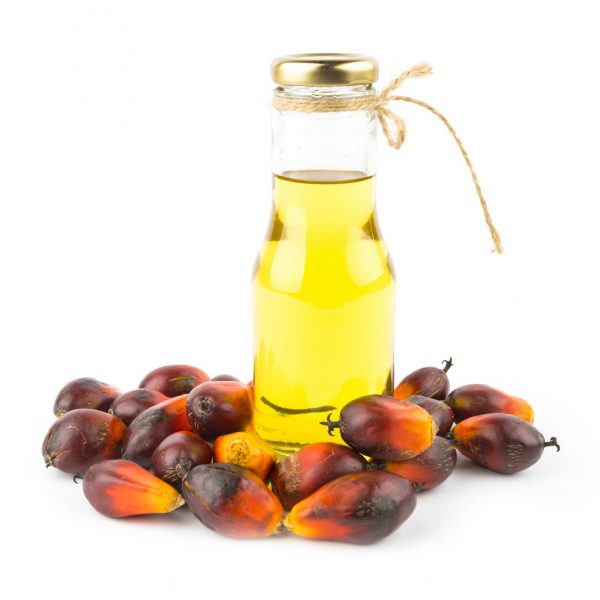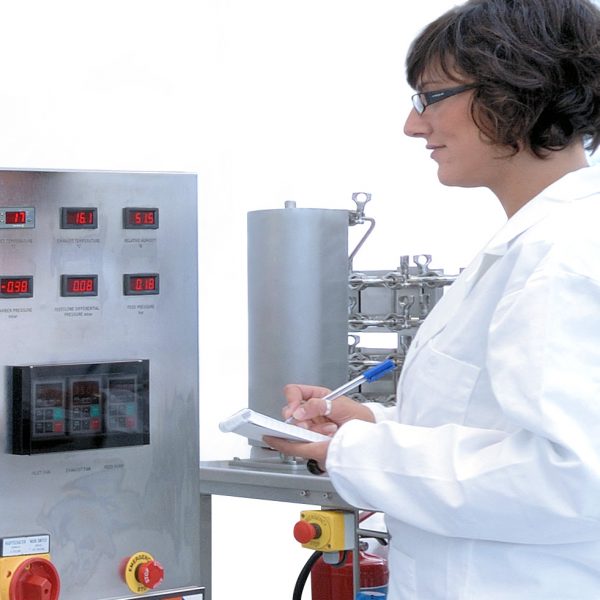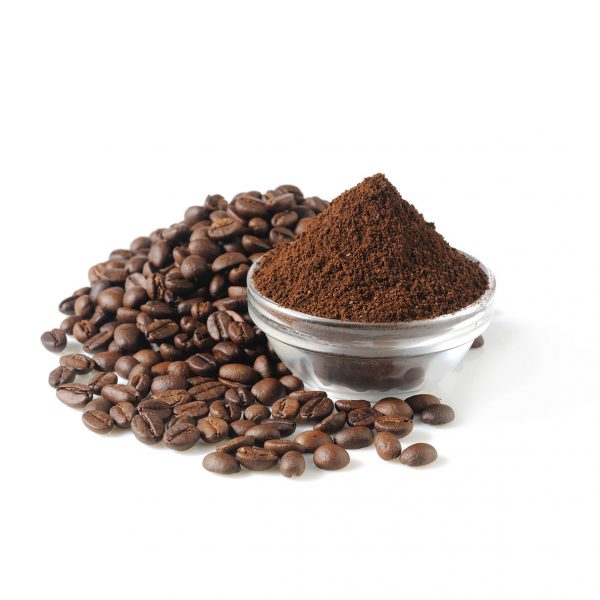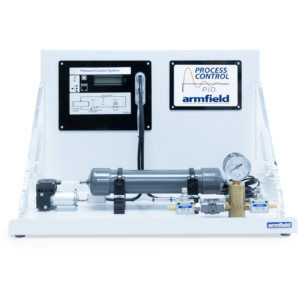PCT63 - Pressure Control
Teaching pressure process control to students equips them with the knowledge and skills necessary for success in industries where pressure regulation is critical.
It provides a strong foundation in engineering, automation, safety, and problem-solving, making students valuable assets in the workforce while contributing to the efficiency, safety, and quality of industrial processes.
Improper pressure levels can lead to equipment failure, leaks, or even explosions and emphasizes the importance of maintaining safe operating conditions.
The Armfield PCT63 system introduces students to fundamental control concepts, as in feedback control, proportional-integral-derivative (PID) controllers, and closed-loop control systems. It consists of a variable-speed reciprocating air pump (compressor), the speed of which can be adjusted by the user, a pressure vessel, and an outflow system.
The outflow system allows the air to escape via either a manually operated needle valve – providing an ongoing outflow, or via a solenoid valve and second needle valve – providing a step change in the outflow.
The vessel pressure is measured by a Bourdon-type mechanical gauge along with a pressure sensor. Providing a visual indication of the pressure in the vessel and a means for the user to check and calibrate the controller input from the pressure sensor.
Showing the single result





































